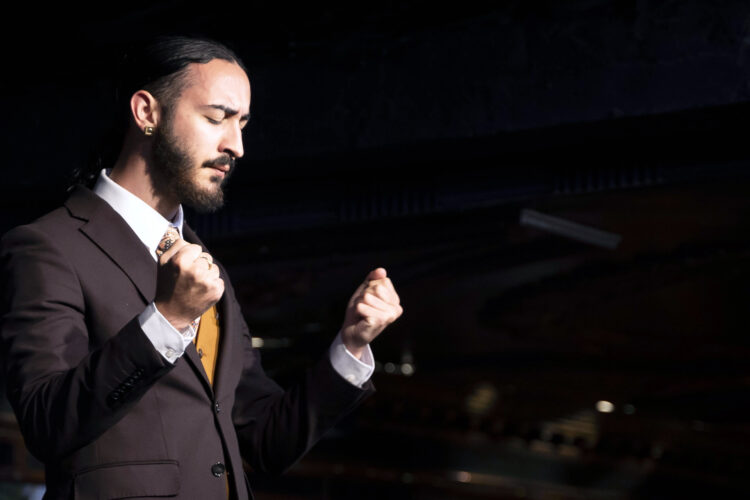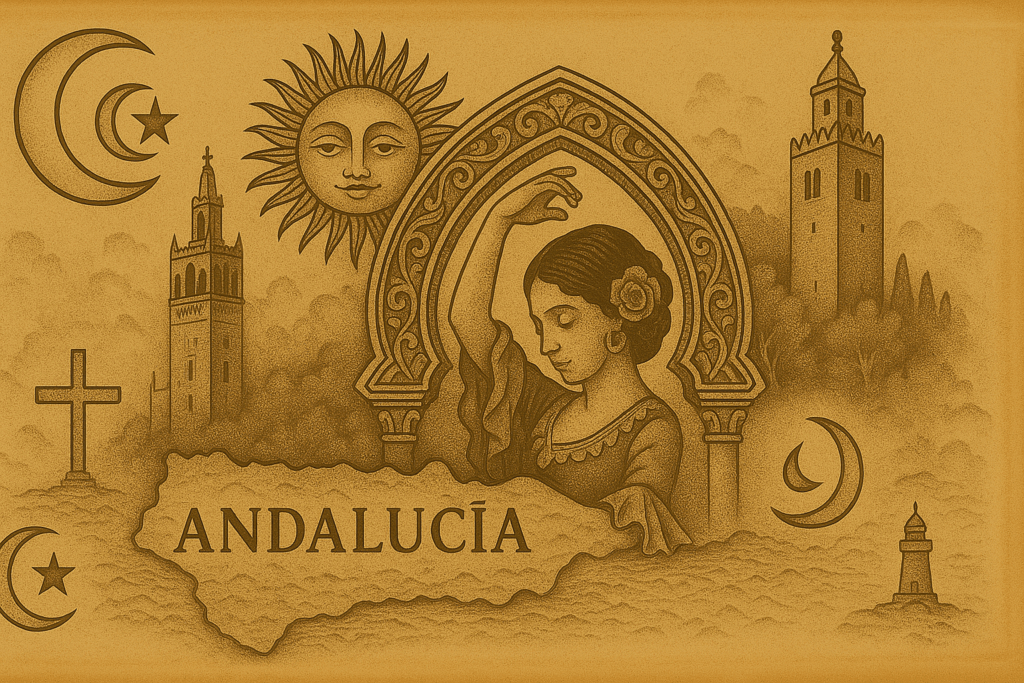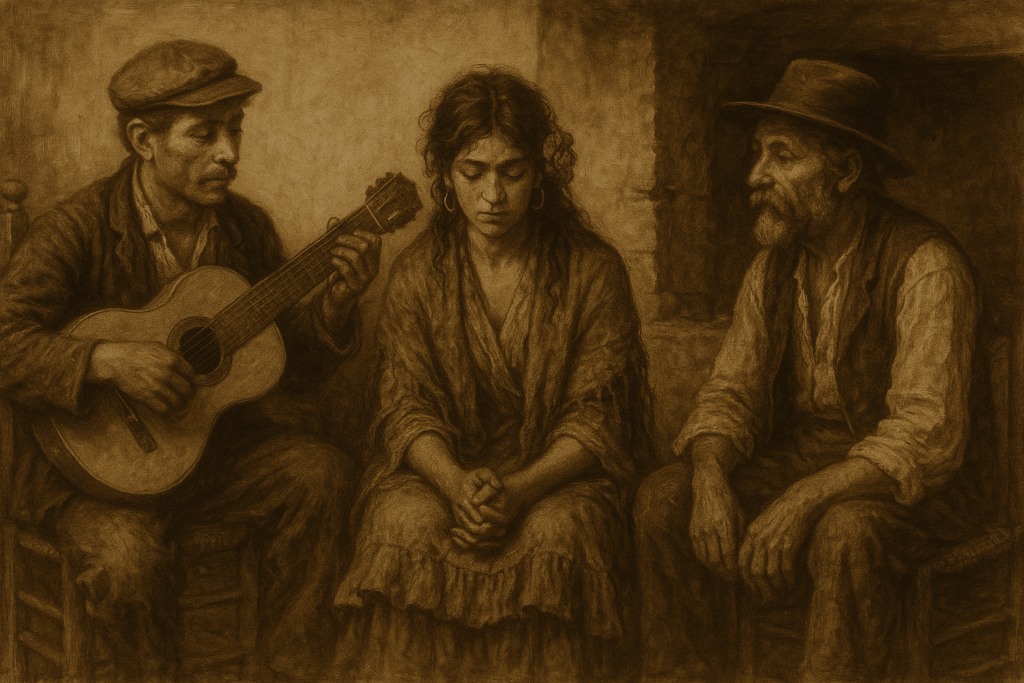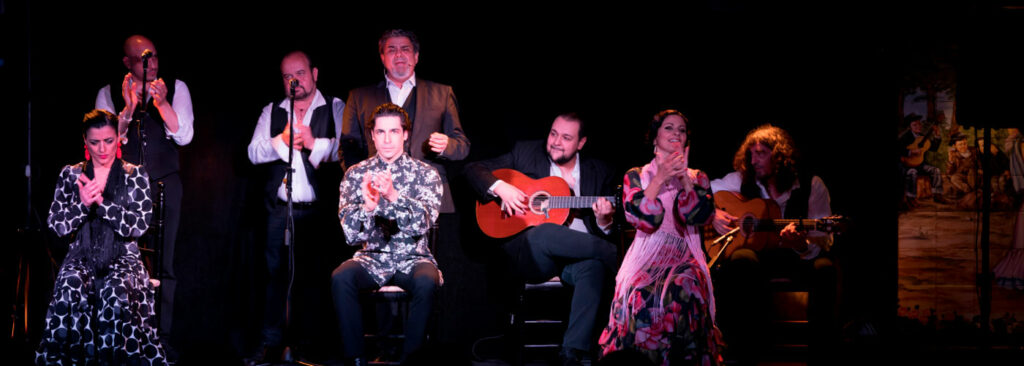
José Escarpín and his Guinness World Record at Tablao Flamenco 1911
The Guinness World Record of flamenco arrives at the oldest flamenco tablao in the world: Tablao Flamenco 1911.

There are questions with no easy answers — questions lost in the mists of time and in the melting pot of cultures. One of them is: Where and how exactly was flamenco born? There’s no official birth certificate, no known inventor with a name and surname. The origin of flamenco is a fascinating mystery, a distant echo that speaks to us of centuries of history, of wandering peoples, of sorrow and celebration in the heart of Andalusia.
At Tablao Flamenco 1911, where every night we aim to connect with the purest essence of this art, we are passionate about digging into its deep roots. We invite you on a journey — not to find definitive answers, but to feel the land and cultures from which this universal quejío (flamenco wail) emerged.
One thing is certain: flamenco smells of the South, of Andalusia. It was in this magical land — a crossroads of civilizations — that the blend that would become flamenco was slowly simmered. But it wasn’t born solely from Andalusian soil; it was a passionate, sometimes tense embrace between several cultures:
The Andalusian Foundation: Before other peoples arrived, Andalusia already sang and danced. Early seguidillas, primitive fandangos, work songs… Local folklore laid the foundation, the canvas on which new colors would later be painted.
The Echo of Al-Andalus: Eight centuries of Muslim presence left an indelible mark. Those Eastern melodies, those vocal melismas, that modal approach to music (not based on major/minor chords)… all of that still resonates in cante jondo! There is also mention of Sephardic Jewish influences.
The Arrival of the Roma People: This is one of the keys! From the 15th century onward, the Roma people arrived in Andalusia from India. They brought their own music, their nomadic way of understanding life, their rich and resilient culture. And above all, they contributed a unique way of expressing the deepest emotions: sorrow, joy, rebellion, the celebration of life despite hardship. They settled mainly in neighborhoods such as Triana (Seville), Santiago and San Miguel (Jerez), and the Sacromonte (Granada), which became true cradles of flamenco.

The most primitive flamenco, cante jondo in its purest form, was probably born on the margins, in intimacy, as an expression of life’s hardships:
Work Songs: Imagine the rhythm of a hammer in the forge (that’s the Martinetes!), or the farmer’s lament under the sun (Cantes de Trilla). These are a palo seco songs — no guitar, just raw voice and feeling.
Songs of Persecution and Pain: The Roma people suffered persecution. From that pain, from that contained rebellion, were perhaps born the Tonás, the oldest and most austere songs, or the torn cry of the Seguiriya.
Family Expression: In private gatherings, weddings, baptisms… people sang and danced to celebrate or to console. This gave rise to more festive forms, precursors of Tangos or Bulerías.
It was its own language, a way to tell their story, to release sorrow and celebrate joy — far from the ears of the “official world”.

Even the word “flamenco” is surrounded by mystery. Why is it called that? There are a thousand theories — and none fully confirmed!
Was it because of Roma people coming from Flanders? (Unlikely).
Because of the artists’ proud posture, similar to the flamingo bird? (Poetic, but doubtful).
Because it was “flamante” — flashy, new and striking in its time?
From the Arabic word “Fellah-mengu” (wandering peasant)?
Whatever the reason, the name stuck — and today it defines one of the most recognizable and emotionally powerful art forms in the world.
Understanding these origins, however hazy they may be, helps us grasp the depth and authenticity we seek every night at Tablao Flamenco 1911. We don’t aim to offer just a beautiful show; we want to connect with the root, with the emotional truth born centuries ago in Andalusia.
When you hear a cante jondo in the intimacy of our historic tablao, when you feel the vibration of a dance that seems to come from the earth itself, you are connecting with that distant echo — with the very origin of flamenco.

The history of flamenco is long and passionate, and its origins are the foundation of everything.
Even if we never uncover all its secrets, we can feel its power and mystery in every authentic performance.
Come feel the roots of flamenco. Book your experience at Tablao Flamenco 1911
We invite you to discover not only the beauty of flamenco today, but also the echo of its fascinating and profound origins.